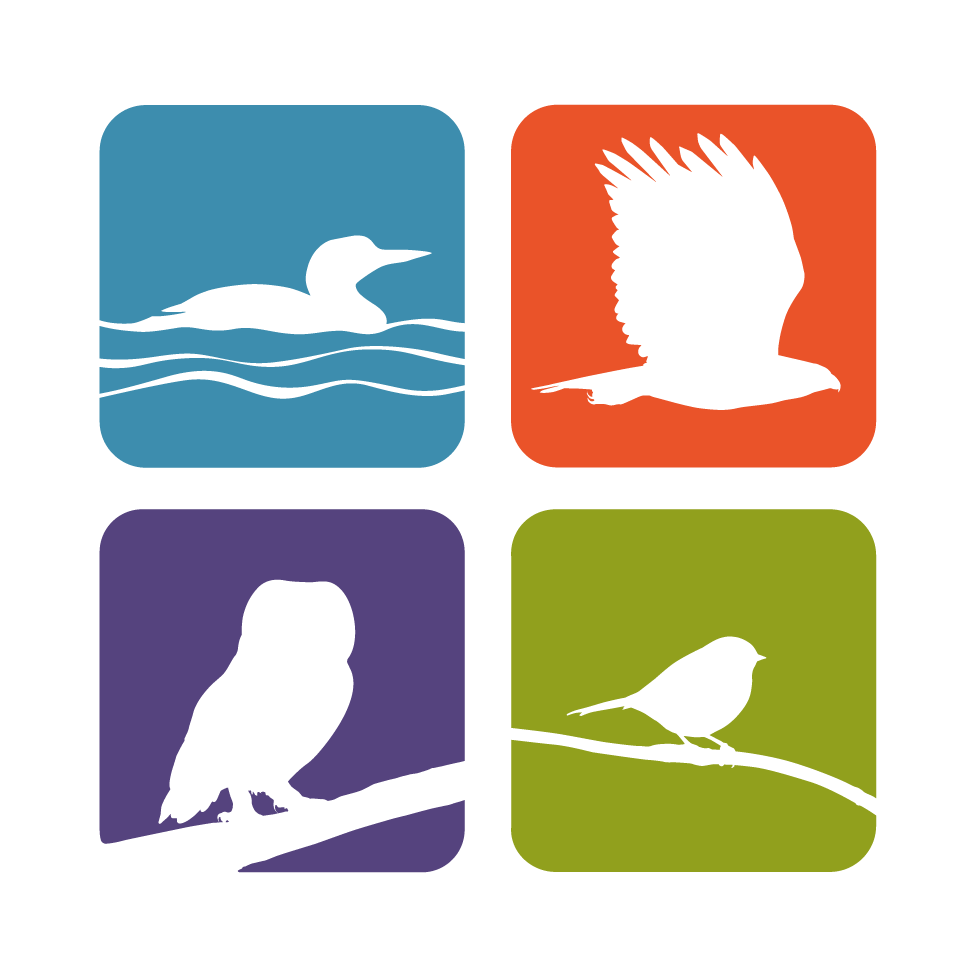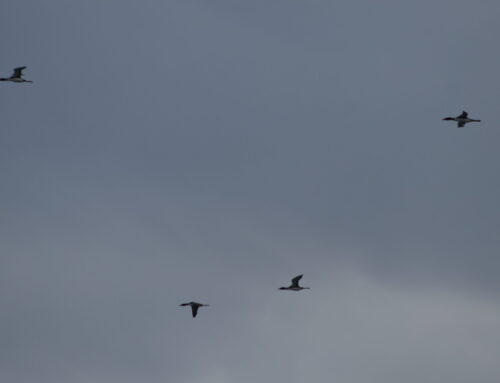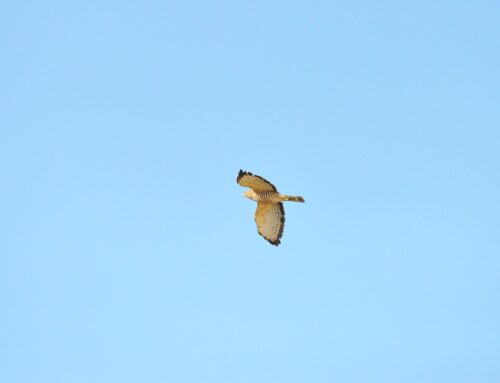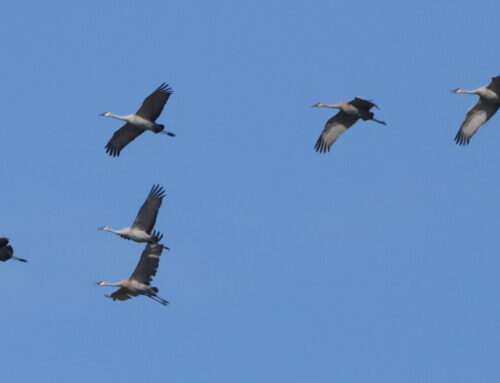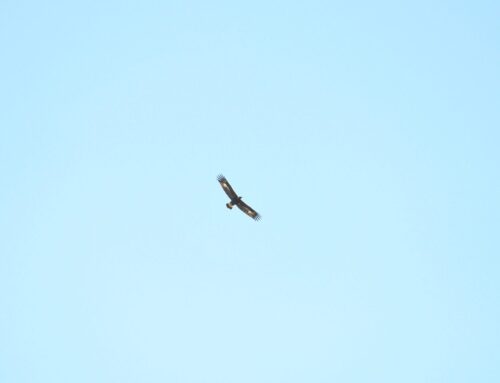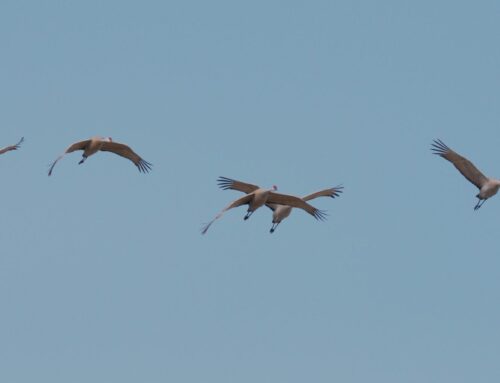Autumn has officially begun, and with the days now shorter than nights, an increasing diversity of waterbirds are headed to their wintering grounds. Though the number of dabbling ducks is dwindling, a bump in divers has given the WPBO fall migration count plenty of action. Aythya ducks have arrived, with a total of 397 unidentified Scaup, 244 Greater Scaup, 98 unidentified Aythya, 3 Ring-necked Duck, and 2 Redhead the current counts for birds of this genus of diving ducks as of September 25.
Aythya aren’t the only divers to show an increase lately however. Scoters, the chunky sea ducks are a group I find to be some of the most fascinating to watch in flight for reasons I’ve never been able to quite put my finger on. White-winged Scoter was the first of this group to appear on the count this season, with a somewhat early individual on August 21, and they continue to lead the way at 110 individuals. Surf Scoter is in second, with a total of 26 birds. The final Scoter, Black, is far less common at Whitefish Point, averaging just 175 per season over the years compared to 3,046 for White-winged and 732 for Surf. But all three have been observed already, with three Black Scoters passing by the count on September 22.
While we’re at the point in the season where divers have started to eclipse dabblers, the latter certainly aren’t finished just yet. Blue-winged Teal remains the most common, at 560, though American Wigeon is close behind at 527. Mallard is a distant third among dabblers, with 186, followed by 123 Green-winged Teal, 103 Northern Shoveler, 64 Northern Pintail, 30 Gadwall, and just 7 American Black Duck.
Shorebirds continue to be seen in small numbers, with American Golden Plover the most common species on several recent days. They currently total 22 individuals, placing them near the middle of the pack for overall shorebird tallies this season. Sanderling lead the way at 197, being one of the handful of species still around, along with the aforementioned Golden Plovers plus their close relative the Black-bellied Plover, and a smattering of Pectoral Sandpiper, and Greater Yellowlegs. While the last was recorded on September 7, Semipalmated Sandpiper has been the second-most common shorebird this fall at 103 birds counted. Baird’s Sandpiper, last recorded on September 20, is next most numerous, at a solid total of 67. Full totals for the shorebirds plus all other birds observed from the beach this fall can always been seen along with live up to the minute results on Dunkadoo!
Gary Palmer
WPBO Fall Waterbird Counter

